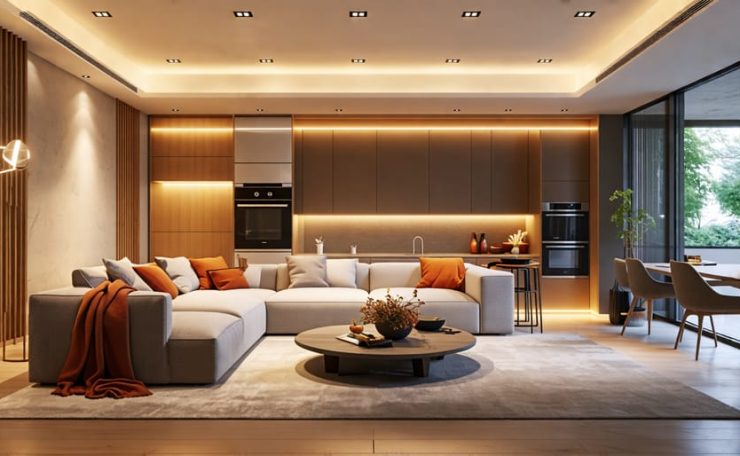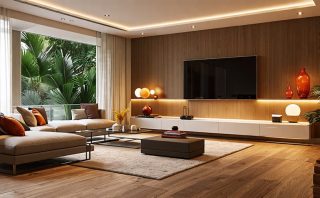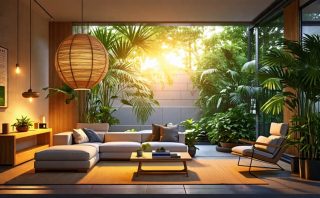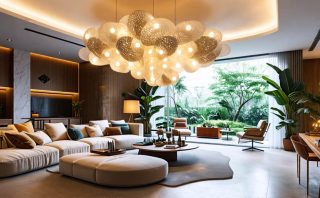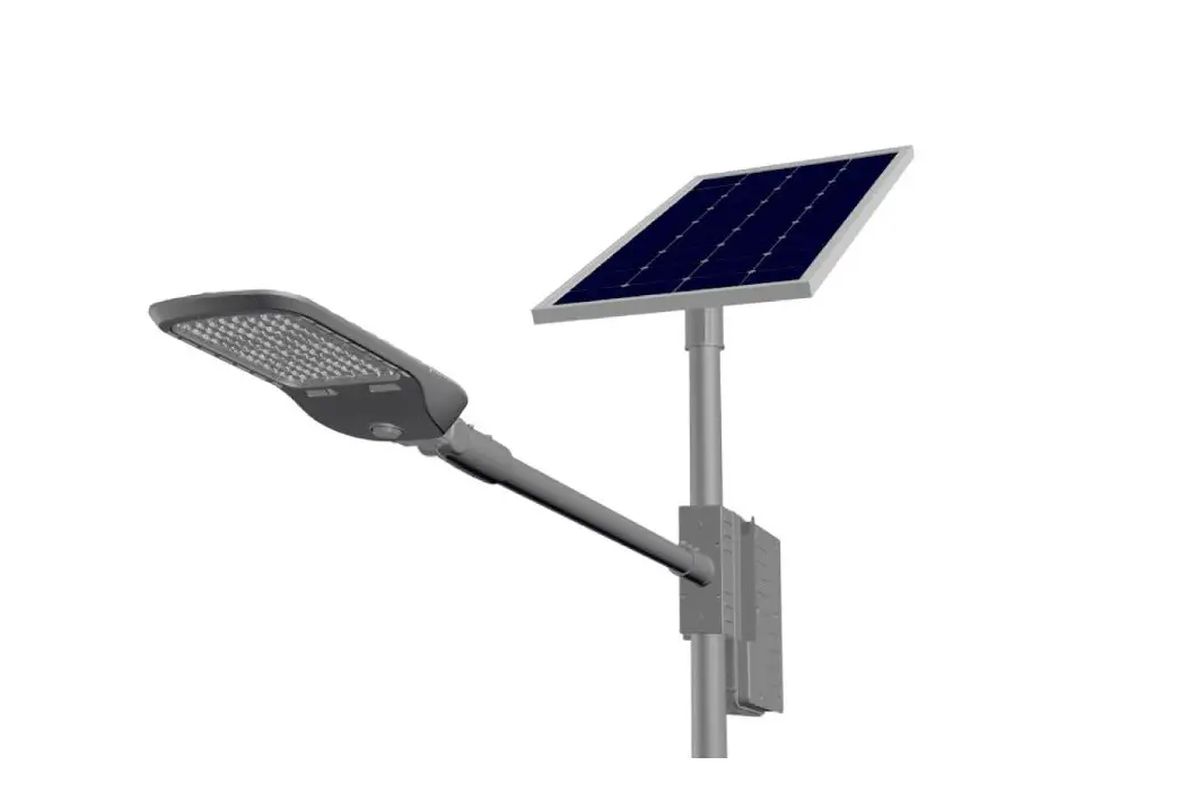Harness the power of energy-efficient LED lighting to illuminate your space brilliantly while slashing energy costs. LED technology has revolutionized the lighting industry, offering unmatched longevity, versatility, and sustainability compared to traditional lighting options. With an LED bulb lasting up to 50,000 hours—over 5 years of continuous use—you’ll enjoy reliable, high-quality light without the hassle and expense of frequent replacements.
LEDs not only save you money on your energy bills but also open up a world of design possibilities. From warm, inviting tones to cool, contemporary hues, LED lights come in a wide range of color temperatures to suit any aesthetic. Their compact size allows for creative applications in hard-to-light spaces, while their instant-on capability ensures you’re never left in the dark.
Whether you’re a homeowner looking to upgrade your lighting, an interior designer seeking the perfect ambiance, or a business owner aiming to reduce operating costs, energy-efficient LED lighting is a smart investment. Embrace the future of illumination and experience the multiple benefits of LED technology today.
Understanding LED Technology
How LEDs Generate Light
Light-emitting diodes (LEDs) generate light through a process called electroluminescence. When an electric current passes through a semiconductor material, electrons within the material become excited and move into a higher energy state. As these excited electrons return to their original, lower energy state, they release energy in the form of photons, which is the visible light we see. This process occurs within the LED’s tiny chip, which is made from specific semiconductor materials chosen for their ability to emit light of a particular color. Unlike incandescent bulbs that use heat to produce light, LEDs are a solid-state lighting technology, meaning they emit light directly from the movement of electrons. This makes them highly efficient, as they convert a larger percentage of the input energy into light rather than heat. The color of the light emitted by an LED depends on the precise composition of the semiconductor materials used in its construction. By carefully selecting and combining these materials, manufacturers can create LEDs that emit a wide range of colors, from deep reds and vibrant greens to cool whites and warm yellows, making them a versatile choice for a variety of lighting applications in homes and businesses.
Efficiency Comparison: LED vs Traditional Lighting
LED lighting is significantly more energy-efficient than traditional incandescent and CFL bulbs. While incandescent bulbs convert only about 10% of their energy into visible light, with the rest lost as heat, LED bulbs convert over 90% of their energy into light. This means that LED bulbs use 75-80% less energy than incandescent bulbs to produce the same amount of light output.
When compared to CFLs, which are more efficient than incandescents, LEDs still come out on top. LED bulbs last up to 50,000 hours, which is 2-4 times longer than the average CFL lifespan. Additionally, LED bulbs reach full brightness instantly, unlike CFLs that can take a few minutes to warm up.
The superior efficiency of LED lighting translates into substantial cost savings on energy bills. Replacing a 60-watt incandescent bulb with an equivalent LED can save approximately $130 in energy costs over the LED’s lifetime. Multiplied across an entire home or business, switching to LED lighting results in significant long-term savings and a reduced environmental impact.
Moreover, LED bulbs generate very little heat compared to incandescents and CFLs, making them safer to operate and reducing the load on cooling systems in warm environments.
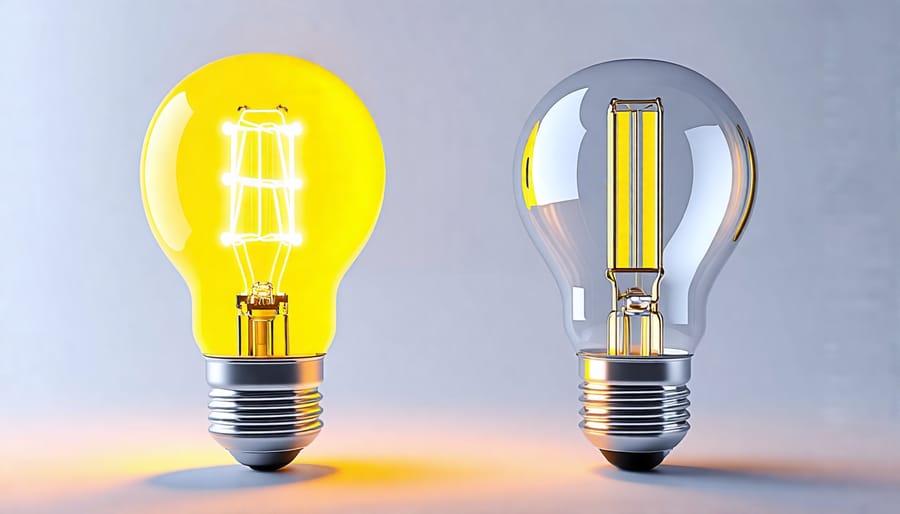
LED Advantages Beyond Energy Savings
Longer Lifespan
LEDs boast an impressive lifespan, lasting up to 50,000 hours or more, which is 25 times longer than traditional incandescent bulbs and 5 times longer than compact fluorescent lamps (CFLs). This extended lifespan translates to significant cost savings over time, as you won’t need to replace your LED bulbs as frequently. The longevity of LEDs is due to their efficient design, which generates less heat and minimizes wear on the components. Unlike other bulbs that burn out abruptly, LEDs gradually dim over time, maintaining a useful light output for a much longer period. This slow depreciation also allows you to plan for replacements well in advance, ensuring your space remains well-lit without any sudden outages. By investing in LED lighting, you can enjoy consistent, high-quality illumination for years to come, while reducing maintenance costs and the hassle of frequent bulb changes.
Improved Lighting Quality
LED lighting offers a range of advantages over traditional lighting options, particularly in terms of lighting quality. One key aspect is color temperature, which refers to the perceived warmth or coolness of the light. LEDs are available in a wide spectrum of color temperatures, from warm yellows to cool blues, allowing you to create the perfect ambiance for any space. This versatility makes LED lighting an excellent choice for both residential and commercial applications, as it can be tailored to suit specific design preferences and functional requirements.
Another important factor in lighting quality is the Color Rendering Index (CRI). CRI measures how accurately a light source renders colors compared to natural daylight. LED lighting typically boasts high CRI ratings, often above 80 and even reaching 90 or higher in some cases. This means that objects illuminated by LED lights appear more vibrant and true-to-life, enhancing the visual appeal of a space and making it easier to perform tasks that require accurate color perception, such as artwork or product displays.
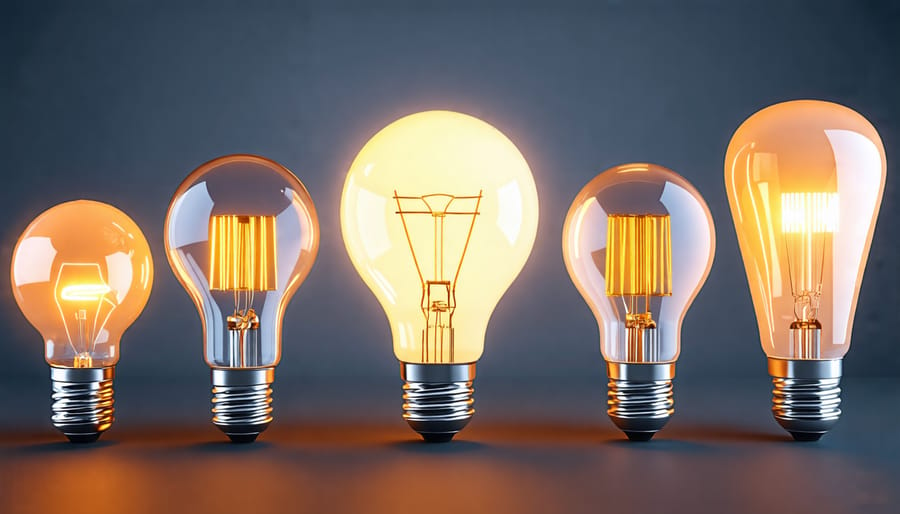
Design Flexibility
LED lighting offers unparalleled design flexibility, making it a top choice for creative home and business owners looking to elevate their spaces. With a wide range of color temperatures, from warm and cozy to cool and energizing, LEDs can set the perfect mood in any room. Their compact size allows for discreet placement in coves, niches, and even furniture, providing both functional and accent lighting. LED strip lights are incredibly versatile, enabling you to create custom lighting designs, highlight architectural features, or add a pop of color. For kitchens, under cabinet lighting with LEDs provides bright, even illumination for tasks while also serving as a stylish design element. With the ability to dim and control LED lights remotely, you can easily adapt your lighting to suit any activity or occasion, making LED lighting a truly flexible and future-proof choice for any space.
Choosing the Right LED Lights
Deciphering LED Specifications
When shopping for LED lights, it’s important to understand key specifications to make informed decisions. Lumens measure the total amount of visible light emitted by a source, indicating brightness. Higher lumens mean a brighter light. Color temperature, measured in Kelvins (K), affects the appearance and ambiance of light. Lower Kelvins (2700-3000K) produce a warm, yellowish glow, while higher Kelvins (4000-6500K) emit a cool, bluish-white light. Wattage equivalents compare the energy consumption of LEDs to traditional incandescent bulbs. For example, a 10W LED may provide the same brightness as a 60W incandescent. Understanding these specs helps you choose LEDs that suit your needs, whether you want warm, cozy lighting for a living room or bright, energizing light for a workspace. By selecting the right lumens, Kelvins, and wattage, you can create the perfect lighting atmosphere while enjoying the energy efficiency and long lifespan of LED technology.
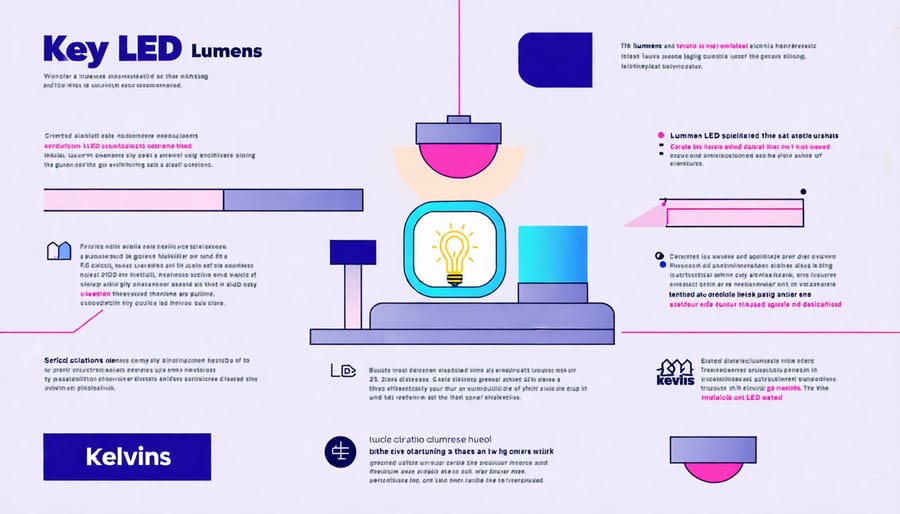
DonsBulbs’ Top LED Picks
DonsBulbs recommends the EcoMax A19 LED Bulb for general lighting needs, offering exceptional brightness and efficiency. For accent lighting, the SpotLED MR16 provides precise beam control and vivid colors. The PanelPro LED Flat Panel is a sleek solution for offices and commercial spaces, while the StringLux S14 is perfect for creating inviting outdoor ambiances. Lastly, the RetroLED T8 Tube seamlessly replaces fluorescent tubes, making upgrades effortless. With a wide range of high-quality, energy-saving options, DonsBulbs has the perfect LED lighting solution for any application.
Conclusion
In conclusion, energy-efficient LED lighting offers a multitude of benefits for homeowners, interior designers, architects, event planners, and commercial business owners. From significant energy and cost savings to enhanced design flexibility and improved environmental sustainability, LEDs provide a smart, versatile solution for illuminating any space. With their long lifespan, minimal maintenance requirements, and superior light quality, LED lights are a worthwhile investment that can transform the ambiance and functionality of your interior and exterior spaces. As technology continues to advance, the future of lighting undoubtedly belongs to energy-efficient LEDs. By making the switch to LED lighting solutions, you can enjoy the many advantages they offer while contributing to a greener, more sustainable future. Don’t hesitate to embrace the power of LED lighting and experience the difference it can make in your home, office, or event space.

